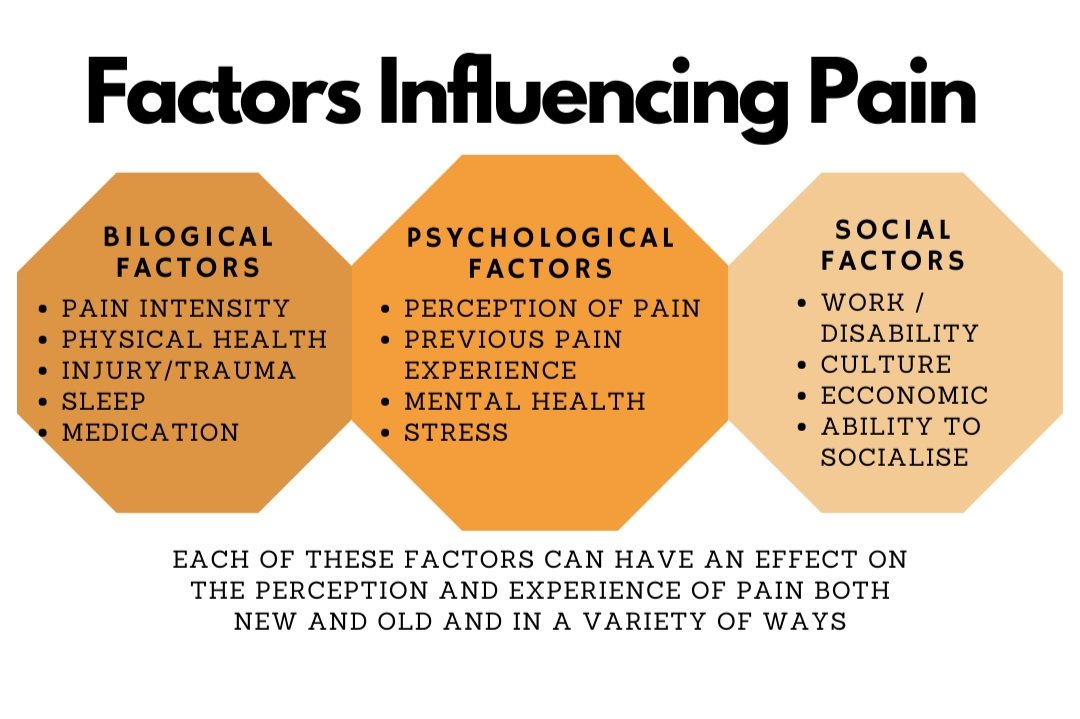What is Pain?
By Brianna Delaney
Everyone experiences pain, rolled ankles or paper cuts are universally understood. However, some pain can be hard to describe and impacts people in different ways. It is hard for others to grasp not just what it feels like or the severity, but also the impact it can have on daily life. This may be because pain is often associated with the idea of injury or illness, rather than as the sensory and emotional experience it is defined as. Understanding how our bodies identify and register pain and how this relates to injury and illness, can empower us to better identify, process and manage it.
So what is pain? It’s a neurological response to stimuli and part of the body's protective system. Within the different tissues that make up our body, there are receptors called nociceptors. These respond to what is called noxious stimuli, that is stimuli that is or has the potential to be harmful. These receptors send this information as neural messages to the brain to decide whether or not to respond. If the stimuli is registered as being noxious, then we register this as pain. What’s important to remember is that these stimuli have registered as being painful, but whether or not actual harm has occurred has not yet been determined.
There are a number of thresholds that need to be reached for the brain to register a stimuli as noxious and for tissue damage to occur. In many cases we register pain before actual tissue damage has occurred. This is so the system does its job of ‘protecting’, as our natural response is to try to remove the stimuli that has caused or is causing us pain.
For example, when you hit an uneven surface and roll your ankle, you will register some pain. However, with most mild sprains we may take our weight off our ankle, take a few light steps and give it a minute or two of rest (removing the stimulus) but will be able to return to activity very soon after or the next day. This is because, while the event was painful, the protective system has done exactly as intended, acknowledged that the movement at the ankle had the potential to be harmful, and used pain as a warning in order to tell us to be more careful of our steps before injury occurred.
This process of nociception is more complex when considering the different biological, psychological, environmental and social factors that play a part. The experience of pain becomes more personal and individual as these factors and others are considered in each occurrence of pain, even more so when past experience and beliefs are applied to the situation. All of these factors can influence whether our bodies raise or lower the threshold for what is considered painful in different scenarios, if significant enough, a painful experience can lower our threshold for registering an activity or circumstance as painful. For example, if a person registers that sitting for too long causes their back pain to become worse, the threshold for how long that person can sit for a single period of time may become lower and lower the longer the back pain is around.
Some of the many ways we help those reduce their pain and improve these thresholds is not only through treatment but also in helping guide through strengthening, reintroducing aggravating movements as well as education on simple changes to daily activity and routine.


